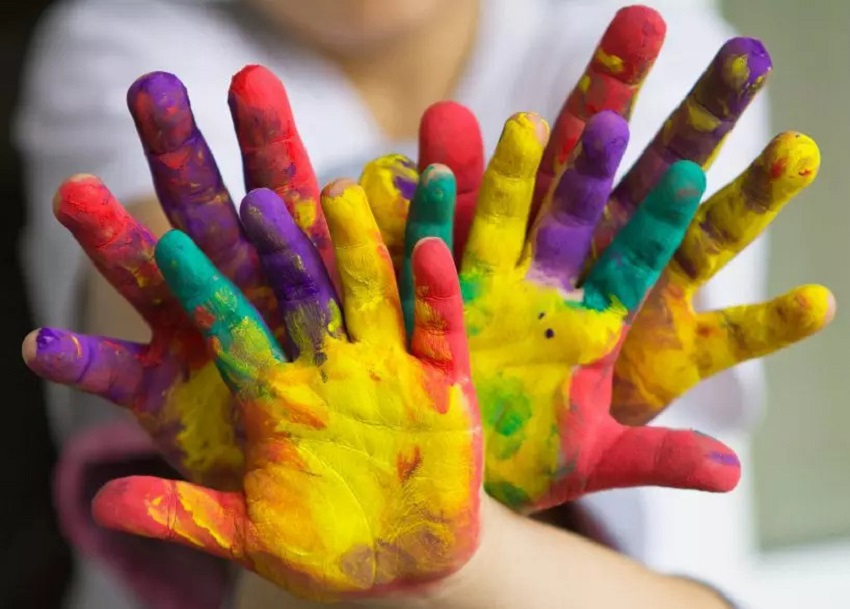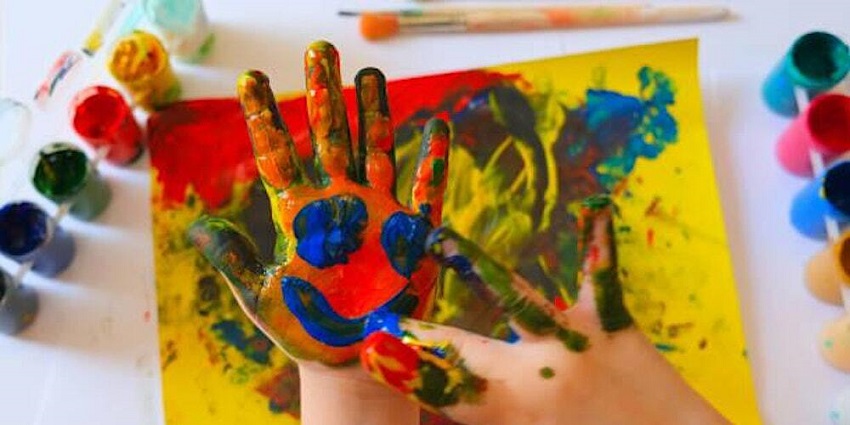Art therapy is a powerful and versatile form of mental health treatment that utilizes the creative process of making art to improve a person’s well-being. It can be beneficial for individuals of all ages, from young children to older adults. In this article, we will explore the different age groups that can benefit from art therapy and how it can positively impact their lives. This article is provided by anxietyfightersguide.com
Art Therapy for Children (Age 4-11)
Children, especially those in the age range of 4 to 11, can significantly benefit from art therapy. At this stage of development, they may not possess the verbal skills to express their feelings and emotions fully. Through art therapy, children can use various art materials like paints, clay, and markers to communicate their thoughts, fears, and joys. This creative expression can help them process complex emotions, improve self-esteem, and develop essential problem-solving skills.
Art Therapy for Adolescents (Age 12-17)
Adolescence can be a challenging period of life, with many emotional ups and downs. If you’re curious about ways to cope with these challenges, you might want to discover what is art therapy – it can serve as a safe space for teenagers to explore their identities and learn healthy ways to manage stress and anxiety. By engaging in art-making, adolescents can gain insights into their emotions and enhance their communication skills, making it easier for them to express themselves. Art therapy also encourages self-reflection, which can be a valuable tool for young people who are navigating the complexities of growing up.
Art Therapy for Young Adults (Age 18-25)
Young adulthood is a time of transition and self-discovery. Art therapy can be a valuable tool for young adults as they navigate the complexities of relationships, career choices, and personal growth. This form of therapy allows them to tap into their creativity and use it as a means of self-expression and emotional release. Art therapy can also foster a sense of mindfulness and presence, helping young adults stay grounded and focused during turbulent times.
Art Therapy for Adults (Age 26-60)
Adults facing various life challenges, such as stress, trauma, or mental health issues, can find solace in art therapy. This form of therapy offers a non-judgmental environment where adults can explore their inner thoughts and feelings through artistic expression. Art therapy can also help improve coping mechanisms, reduce symptoms of anxiety and depression, and promote overall mental well-being.
Art Therapy for Older Adults (Age 60+)
In the later stages of life, individuals may encounter feelings of loneliness, grief, or loss. Art therapy can play a significant role in supporting older adults’ emotional well-being and providing a sense of purpose. Engaging in creative activities can stimulate cognitive function, improve memory, and offer a means of social interaction. Art therapy also allows older adults to reminisce and find meaning in their life experiences.
The Power of Art Therapy Across Ages
Regardless of age, art therapy can have profound effects on mental health and emotional well-being. It provides a unique way to process emotions, improve self-awareness, and foster personal growth. Through the creative process, individuals can gain valuable insights into their thoughts and feelings, leading to increased self-acceptance and self-compassion.
Art therapy is not just limited to those experiencing mental health challenges; it can be beneficial for anyone seeking personal growth and self-discovery. It encourages individuals to tap into their innate creativity, fostering a deeper connection with themselves and the world around them.
Conclusion
Art therapy is a versatile and effective form of treatment that transcends age barriers. From children to older adults, everyone can benefit from the healing power of creative expression. Whether it’s processing emotions, reducing stress, or fostering personal growth, art therapy offers a unique and impactful way to support mental health and overall well-being.
FAQs
Is art therapy only for people with mental health issues?
Not at all. Art therapy can be beneficial for anyone looking to explore their emotions, enhance creativity, or gain insights into their inner world.
Can art therapy be combined with other forms of therapy?
Yes, art therapy can complement other therapeutic modalities like talk therapy, cognitive-behavioral therapy, and mindfulness-based approaches.
Do I need to be an artist to benefit from art therapy?
No artistic skills are required for art therapy. It’s about the process of creation, not the end result.
How does art therapy benefit older adults with dementia?
Art therapy can stimulate cognitive function and improve mood in older adults with dementia. It also offers a means of self-expression when verbal communication becomes challenging.
Can art therapy be done individually or in groups?
Art therapy can be conducted both individually and in group settings. Both formats have their unique benefits and can be tailored to individual preferences and needs.
